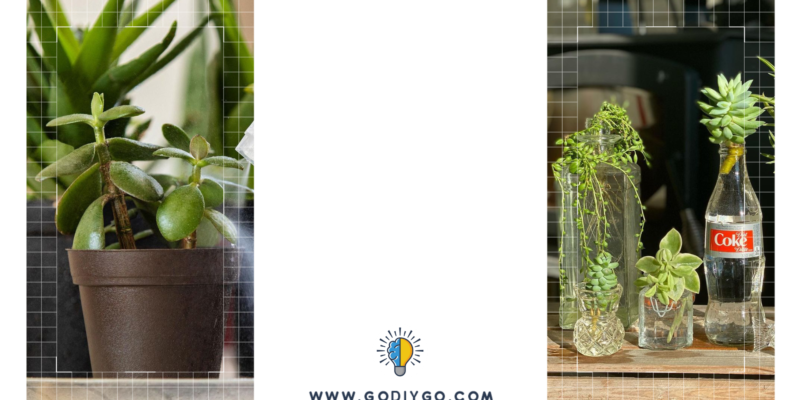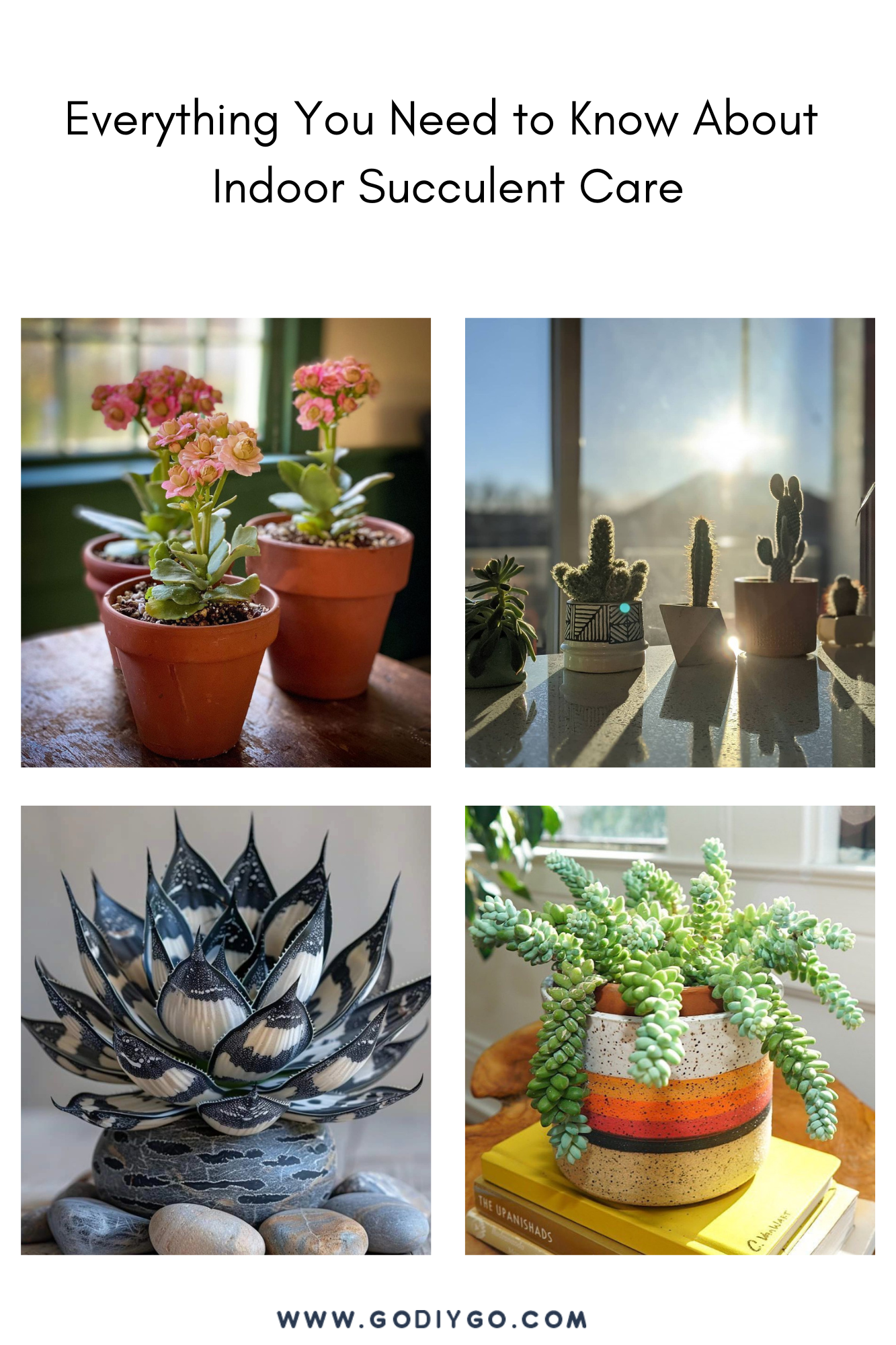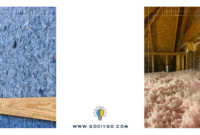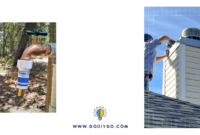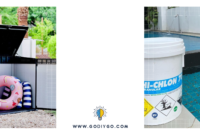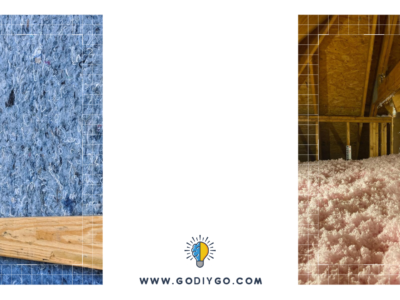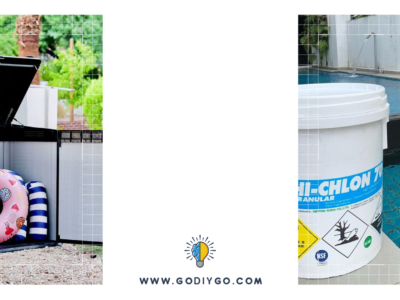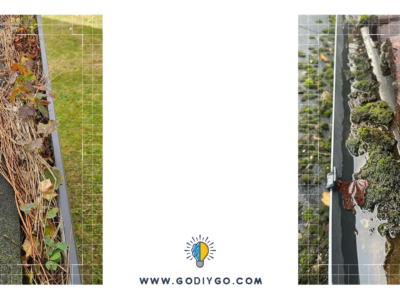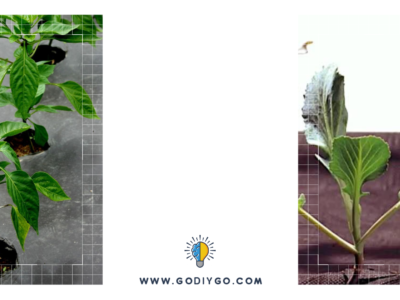Succulents are the rock stars of the plant world. Hailing from arid deserts, these hardy plants can endure long droughts and scorching heat thanks to their water-storing, thick, fleshy leaves and stems (fun fact: “succulent” comes from the Latin word “sucus,” meaning “juice”).
But don’t let their tough nature fool you into thinking they don’t need some TLC. With the right care—like occasional watering, a sunny perch, and a bit of pruning—succulents can turn into the showstoppers of your indoor garden.
Top Succulent Varieties to Grow
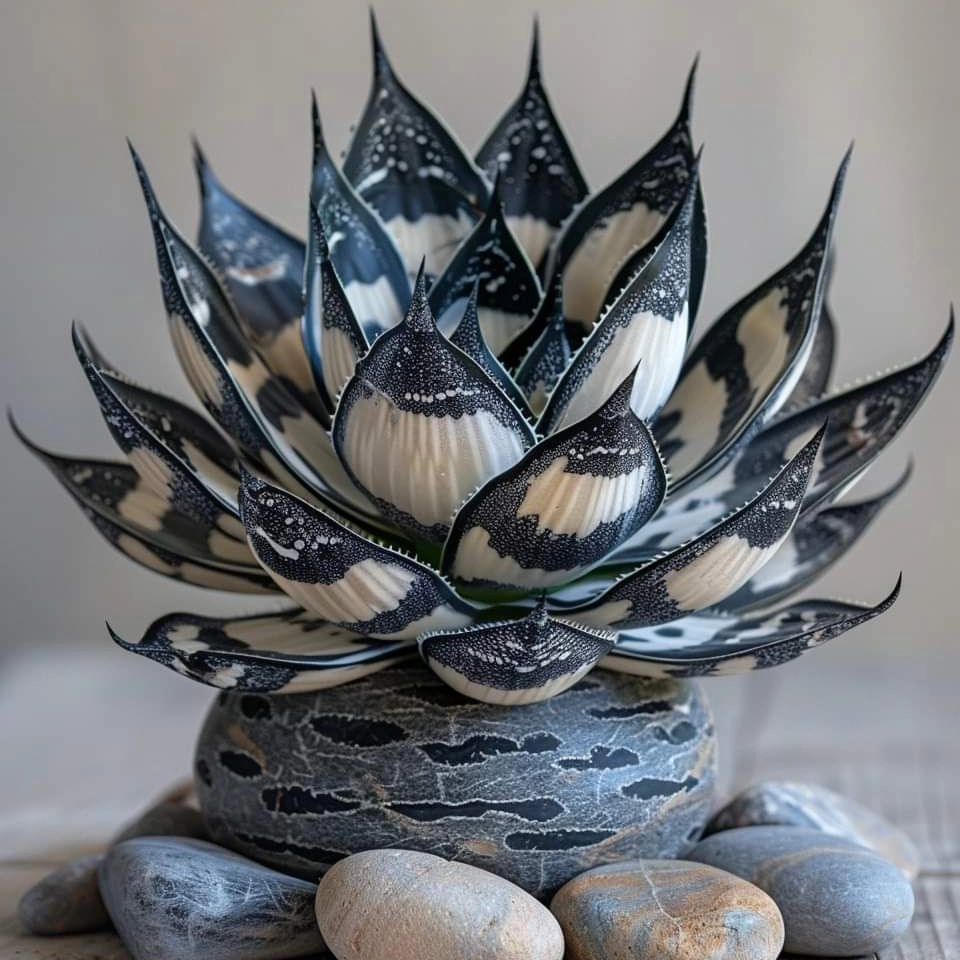
With its low maintenance needs and striking architectural look, the agave succulent is an ideal choice for indoor decor. Agave succulent from @ acemegasucculents
In the warmer, drier regions of the U.S., like the West and Southwest, succulents such as agave, yucca, opuntia, and pediocactus thrive outdoors. However, in places where temperatures dip below freezing, it’s essential to pick succulents that enjoy moderate warmth, sunny windowsills, and well-drained pots. Great indoor options include haworthia, which resembles a mini aloe; aloe, prized for its healing properties; crassula, the so-called lucky plant; rosette-shaped echeveria; globe-shaped mammillaria cactus; star-shaped astrophytum; and the hedgehog or Easter lily cactus, also known as echinopsis.
Indoor Succulent Care Guide
1. Light
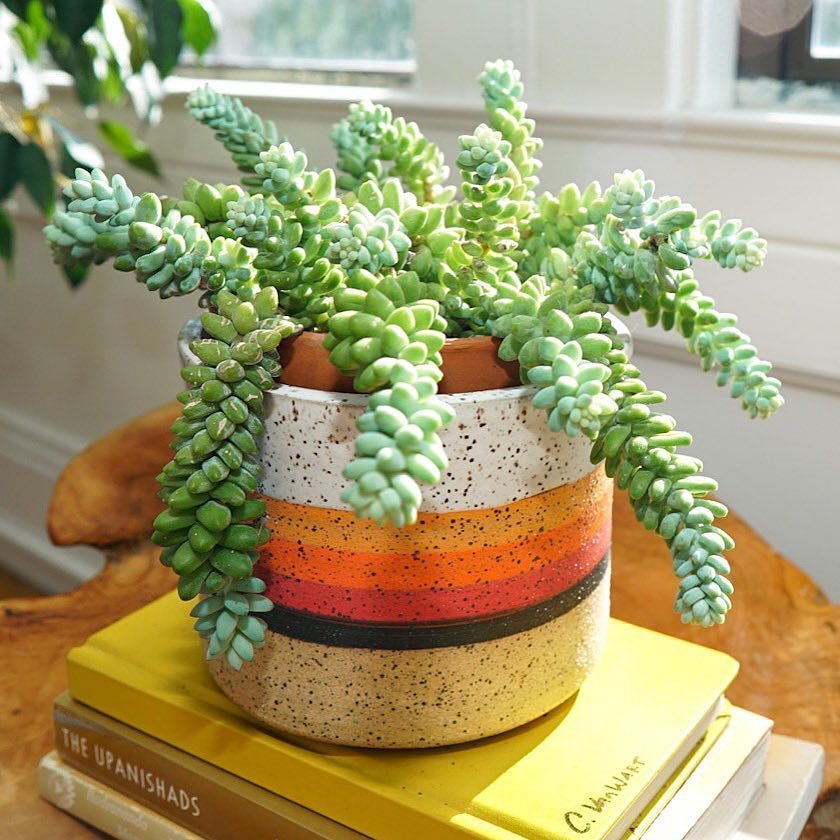
Indoor succulents thrive with bright, indirect sunlight for at least six hours a day. Indoor succulent from @ houseplantclub
Succulents thrive in bright, indirect sunlight, making a sunny windowsill an ideal spot for them. Aim to place your succulents near a south-facing window where they can soak up at least six hours of light each day. To keep your plants growing evenly and looking their best, it’s a good idea to rotate them regularly. This ensures that all sides receive equal exposure to light, preventing them from leaning or growing unevenly. By providing consistent light and giving your succulents a little spin every now and then, you’ll help them stay healthy and vibrant.
2. Water
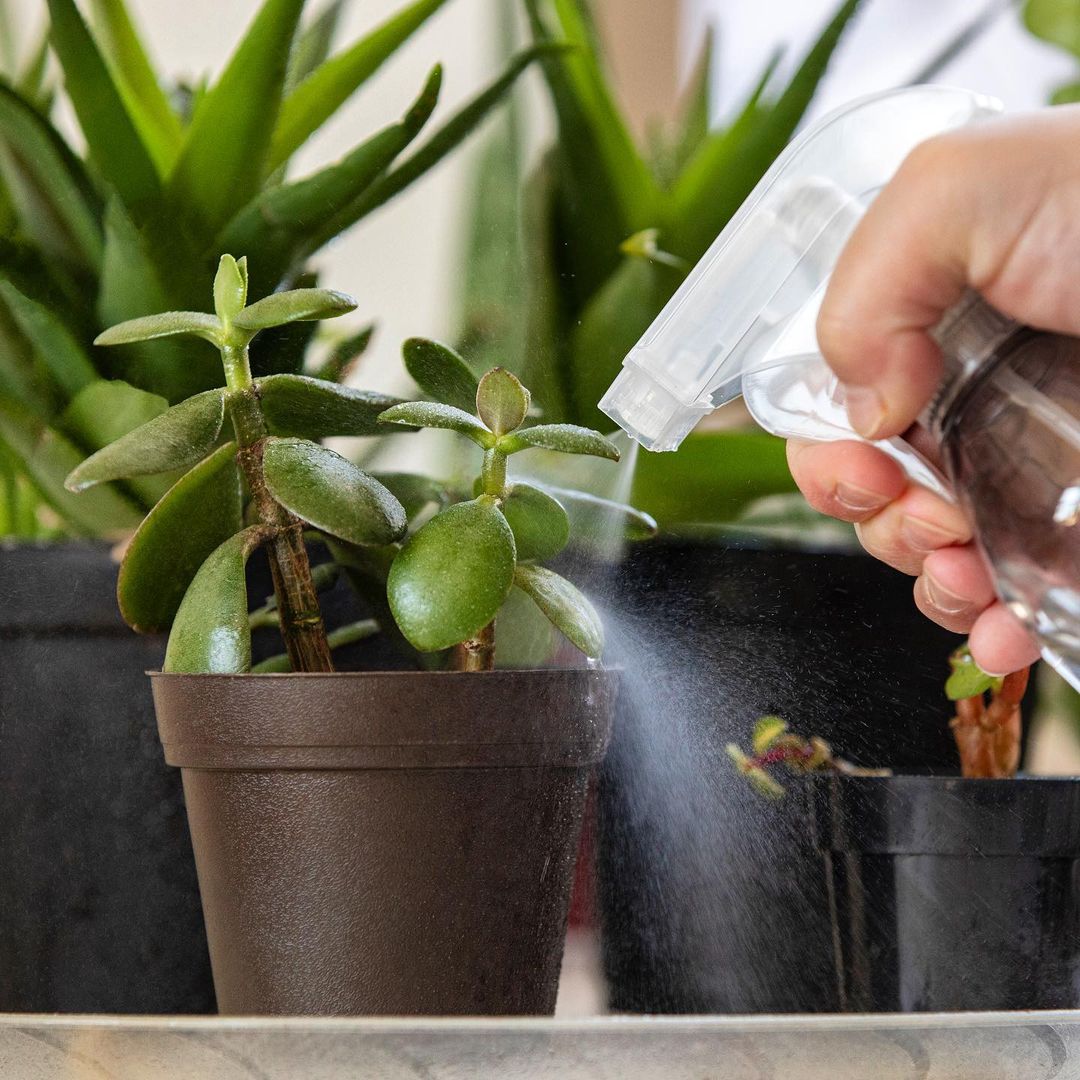
Water indoor succulents sparingly, allowing the soil to dry out completely between waterings to prevent root rot. Cincinnati from @ junes.plants
Water succulents sparingly, allowing the soil to dry out completely before watering again, as overwatering is the leading cause of succulent death. Adopt the “soak and dry” method: thoroughly water the soil, let any excess water drain away, and then wait until the soil is dry before watering again. It’s also crucial to use pots with drainage holes to prevent water from accumulating at the bottom, which can cause root rot. This approach ensures your succulents get the right amount of moisture without the risk of overwatering.
3. Soil
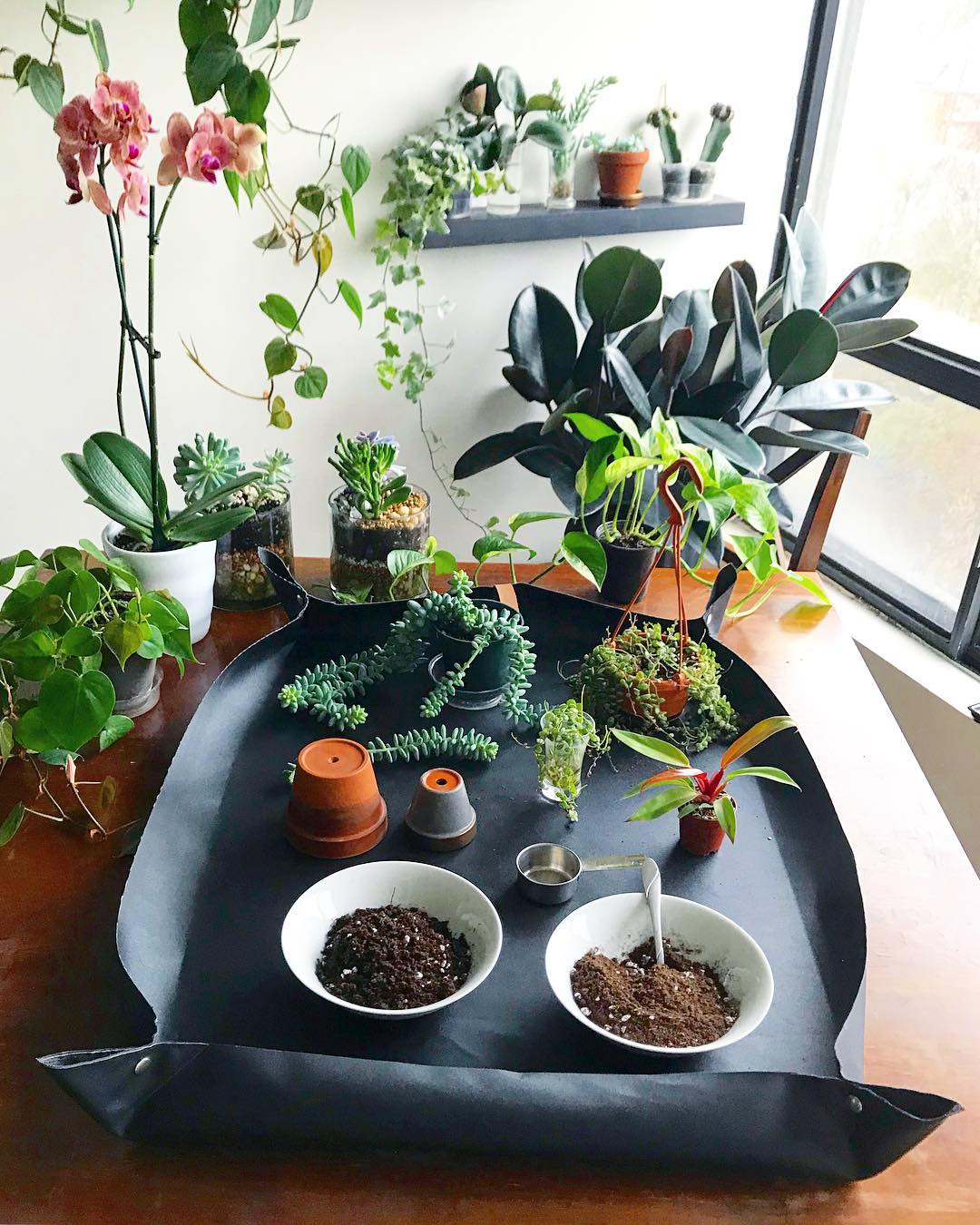
Proper care for indoor succulents includes using well-draining soil to maintain healthy roots and prevent overwatering. Succulent soil from @ plantannaplant
For optimal growth, opt for well-draining soil tailored for succulents and cacti, or enhance regular potting soil with sand or perlite to boost drainage. This allows excess water to escape efficiently, preventing waterlogged conditions that can harm succulent roots. Additionally, consider repotting your succulents every few years or when they outgrow their current containers. Repotting not only provides your plants with fresh soil but also ensures they have adequate space for continued growth. This practice revitalizes their environment, promoting healthier, more robust succulents in your indoor garden.
4. Temperature
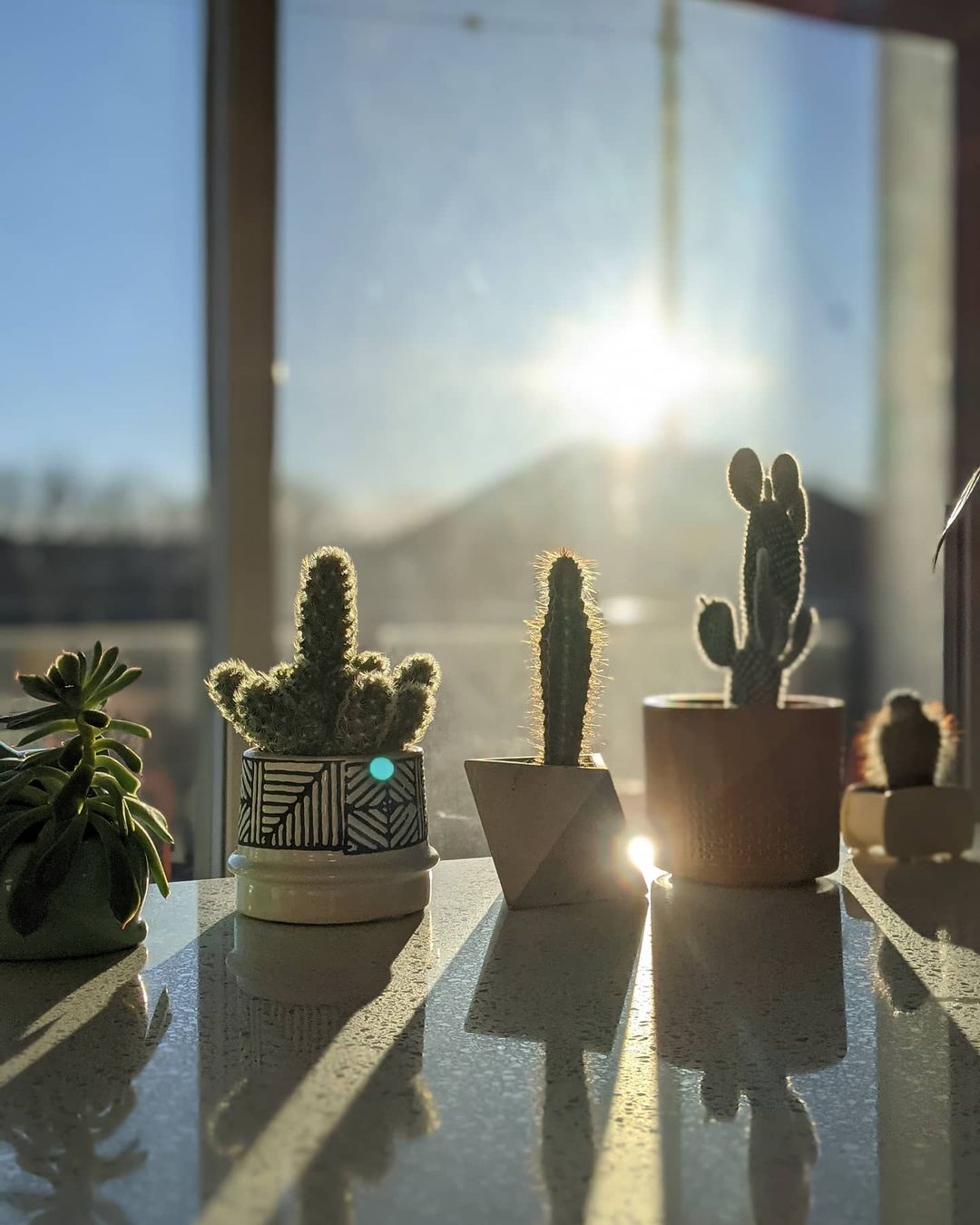
Maintain a comfortable indoor temperature between 60-80°F to keep your succulents thriving. Cacti from @ midmodcass
Succulents thrive in temperatures ranging from 60-80°F (15-27°C), making them most comfortable in moderate climates. It’s crucial to shield them from extreme temperatures, particularly frost, which can be detrimental to their health, potentially leading to damage or even death. Additionally, during the winter months, succulents enter a dormant phase, necessitating even less water than usual. This period of reduced activity means you should adjust your watering schedule accordingly, being cautious not to overwater during this time. By providing suitable temperatures and adapting care routines to seasonal changes, you can ensure your indoor succulents remain vibrant and resilient year-round.
5. Humidity
In indoor environments, low humidity levels are ideal for promoting the health and vitality of your plants. High humidity can lead to issues like mold or fungal growth, particularly problematic for indoor succulents. To maintain optimal conditions, ensure good air circulation around your plants. This can be achieved by placing them in well-ventilated areas or using fans to promote airflow. By controlling humidity levels and providing adequate ventilation, you can create an environment where your indoor plants, including succulents, can thrive without the risk of moisture-related problems.
6. Fertilizing
For optimal growth, choose a balanced, water-soluble fertilizer and dilute it to half strength when feeding your succulents. During their active growing season in spring and summer, fertilize your succulents approximately once a month to provide them with the nutrients they need for healthy development. However, it’s essential to refrain from fertilizing during their dormant period in fall and winter, as succulents require fewer nutrients during this time. By adhering to a proper fertilizing schedule tailored to their growth cycle, you can support the well-being of your indoor succulents and encourage lush, vibrant foliage.
7. Pests and Problems
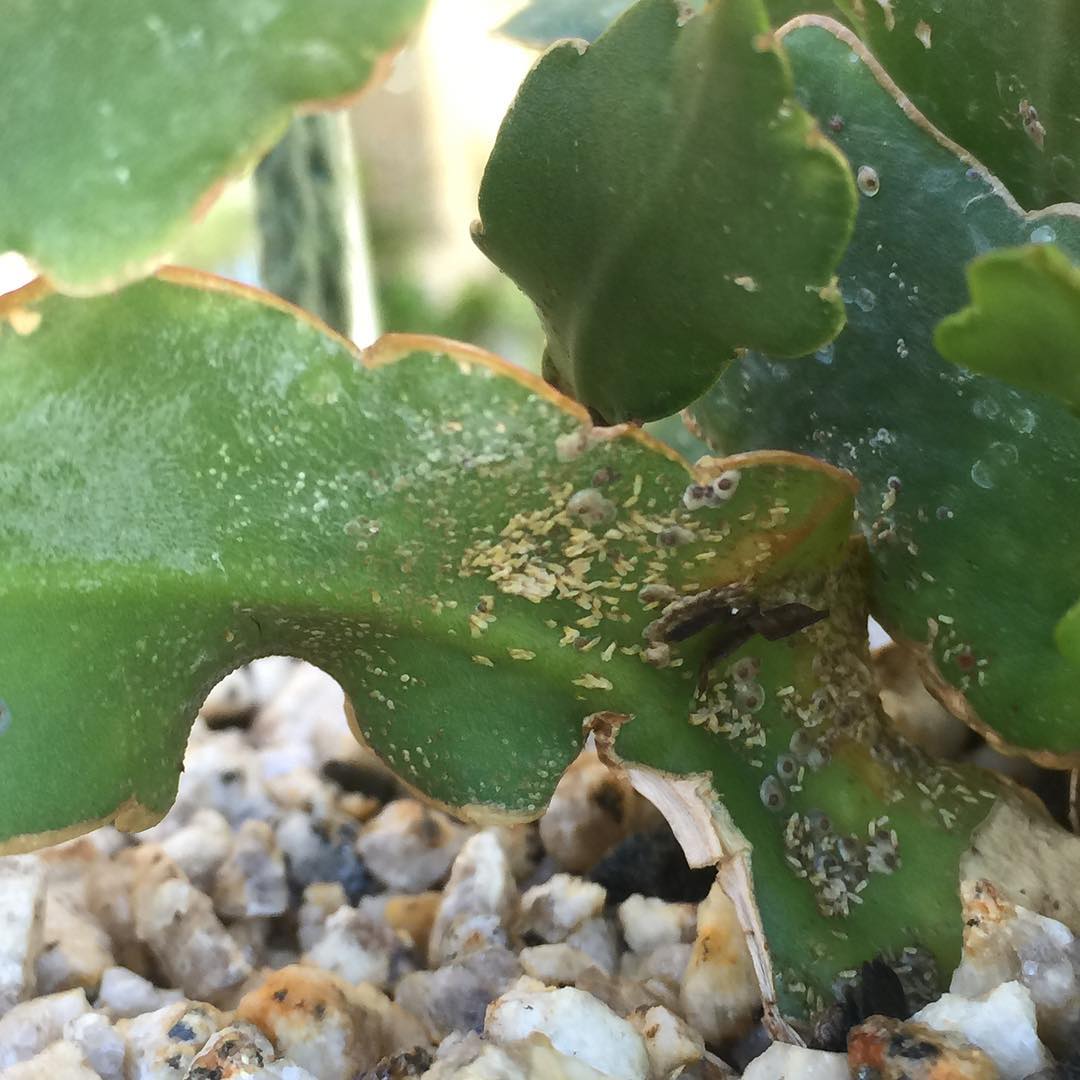
Keep indoor succulents pest-free by ensuring proper ventilation, avoiding overwatering, and inspecting regularly for signs of pests. Pest from @ aloetroyboi
In your indoor succulent care routine, it’s important to keep an eye out for common pests such as mealybugs, aphids, and spider mites. Should you detect any signs of infestation, promptly treat affected plants with insecticidal soap or neem oil to eradicate the pests effectively.
Moreover, be mindful of common issues that can arise with succulents. Overwatering is a primary concern, as it can lead to root rot, compromising the plant’s health. Conversely, underwatering may result in shriveled leaves and stunted growth. To mitigate these issues, adjust your watering habits accordingly, ensuring that you allow the soil to dry out completely between waterings. Keep an eye on the foliage as well; yellowing leaves may indicate excessive moisture, while browning or crispy leaves may signify dehydration. By observing these indicators and adjusting your care practices accordingly, you can maintain thriving indoor succulents with ease.
8. Propagation
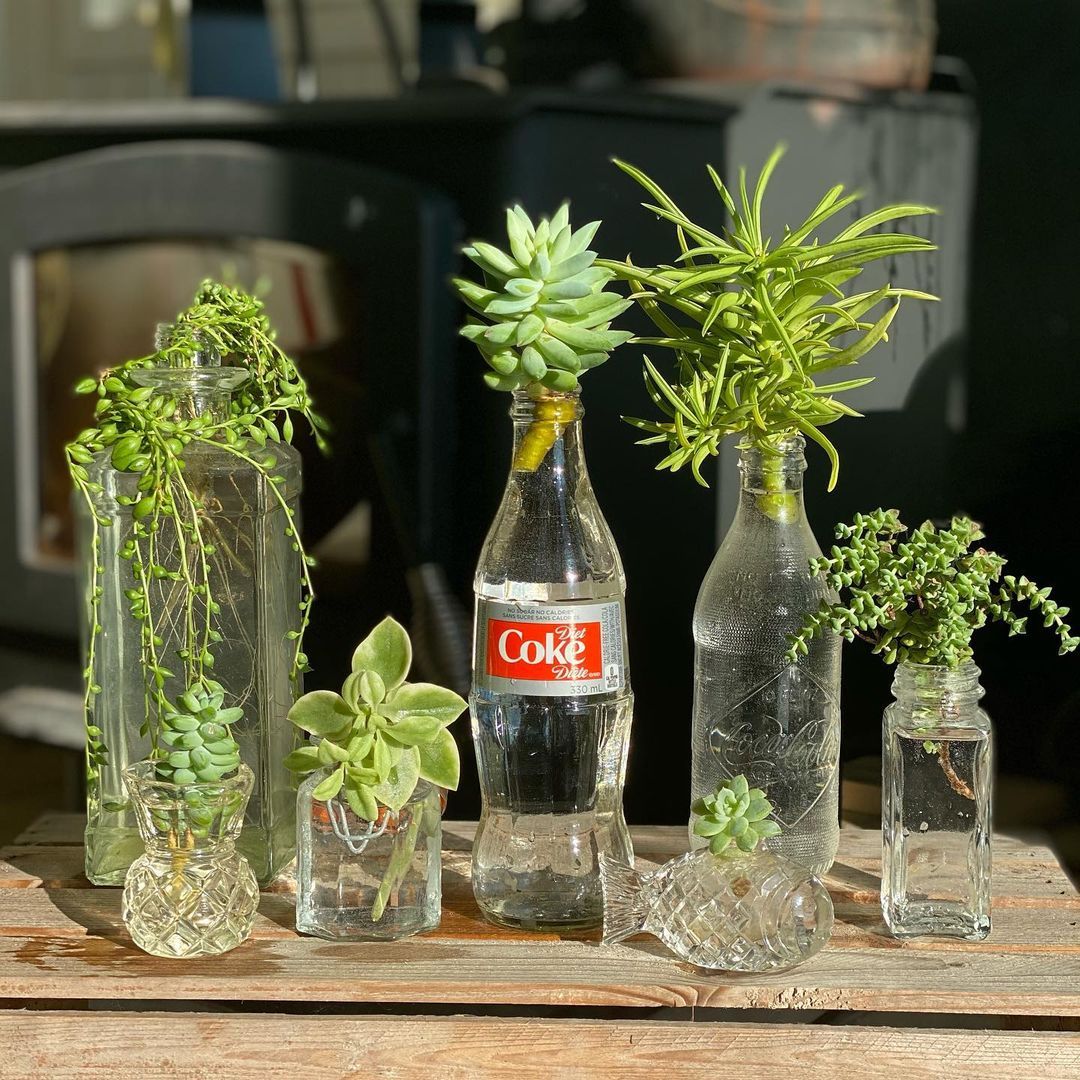
Indoor succulents can be propagated through leaf or stem cuttings, simply by planting them in well-draining soil after allowing them to dry. Propagating succulent from @ kellogggarden
9. General Tips
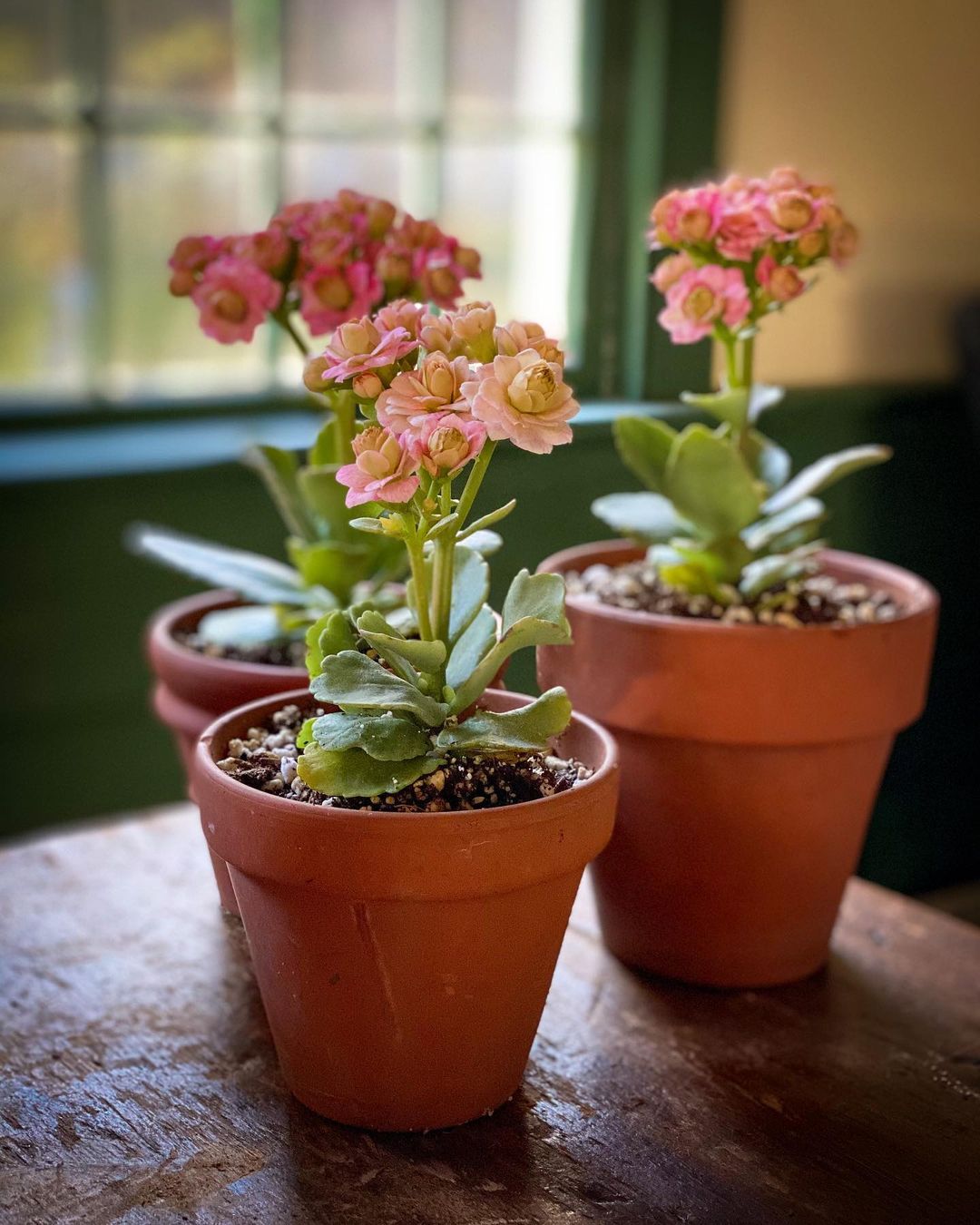
Ensure indoor succulent success with these tips: provide bright, indirect sunlight; use well-draining soil; water sparingly; maintain stable indoor temperatures; and watch for signs of pests or overwatering. Houseplants from @ avant_gardens_ma
Maintaining clean foliage is essential for the health of your indoor succulents. Dust can accumulate on their leaves over time, hindering their ability to breathe and photosynthesize effectively. Therefore, it’s beneficial to dust your succulents’ leaves regularly to ensure optimal air circulation and light absorption.
Furthermore, make it a habit to observe your succulents regularly for any signs of stress or pest infestations. Early detection allows for timely intervention, making management much easier and more effective. By staying vigilant and proactive in caring for your indoor succulents, you can ensure they remain healthy and thriving for years to come.


